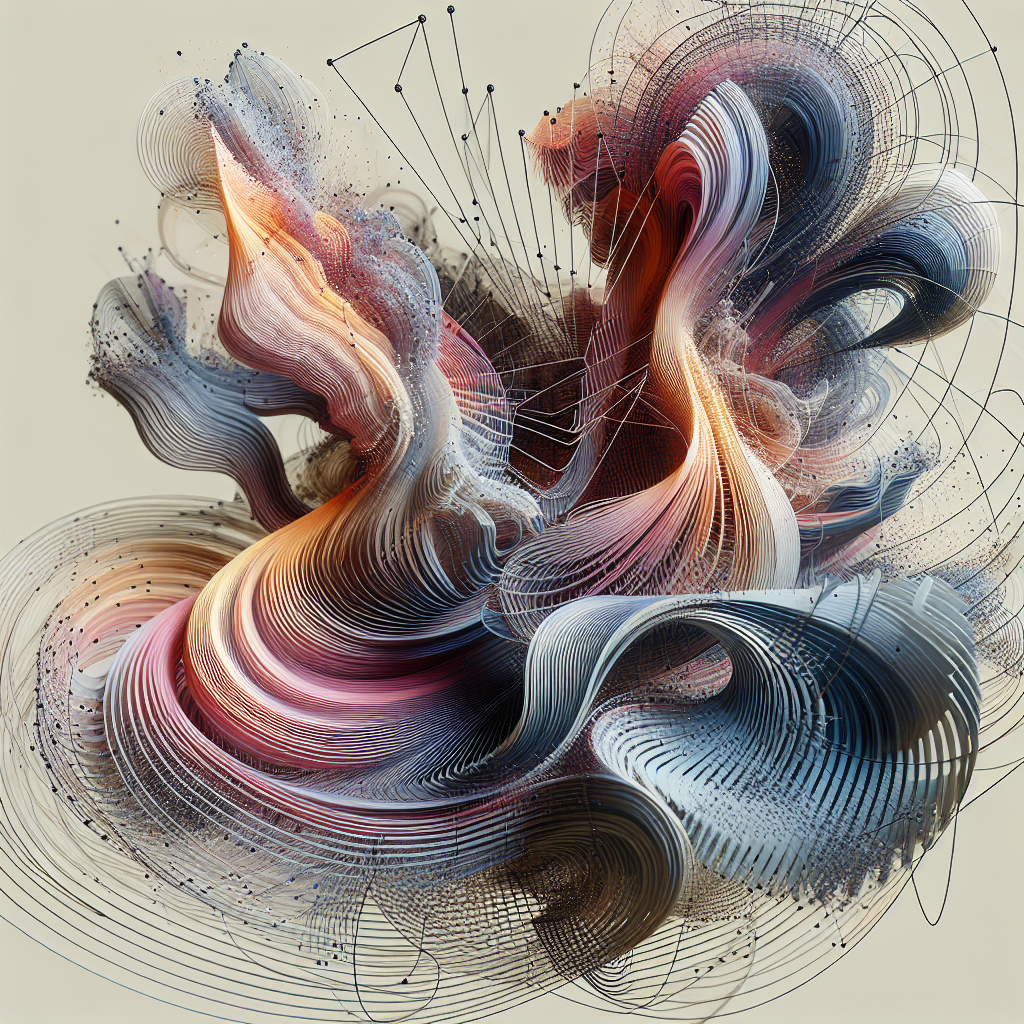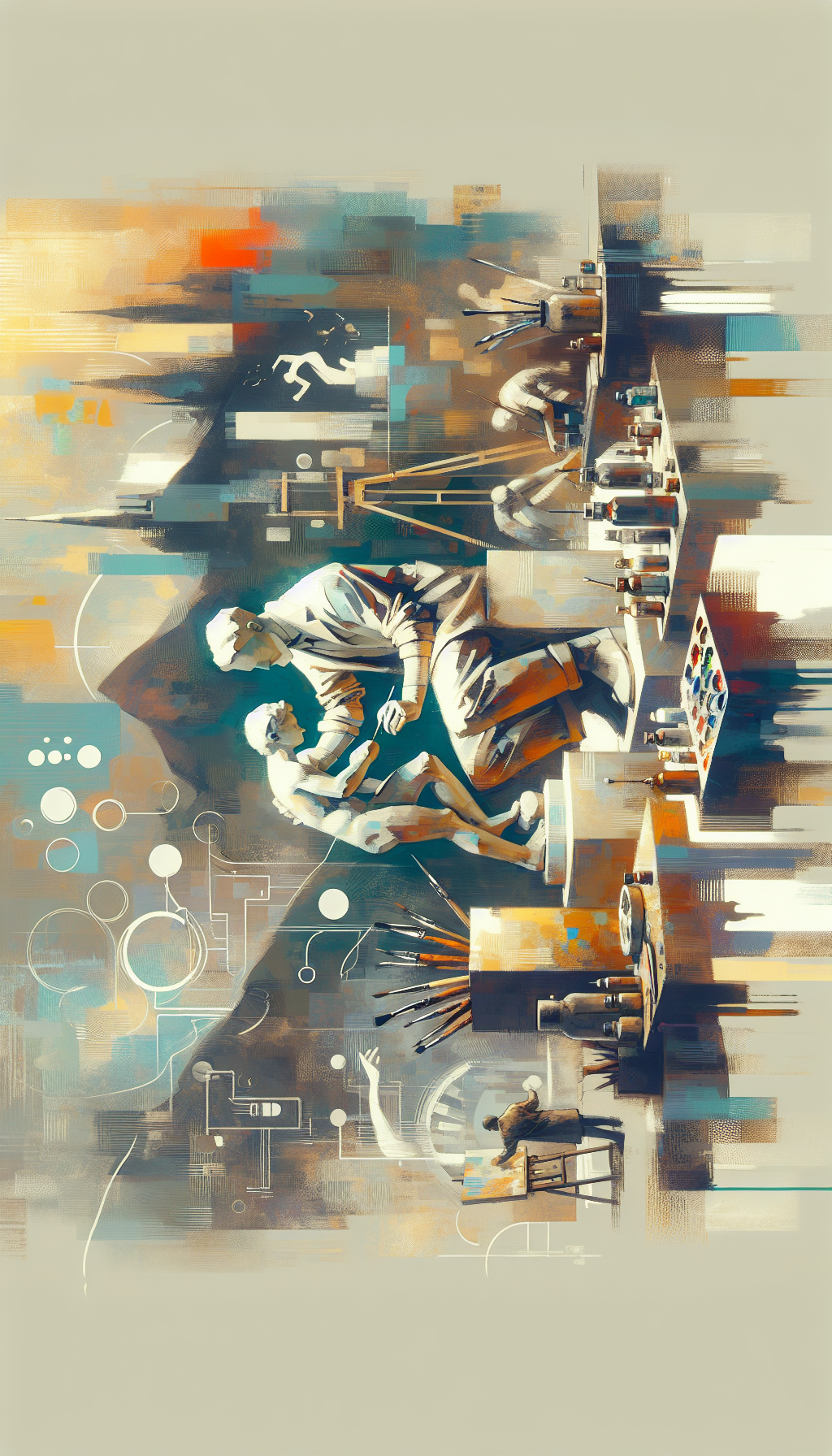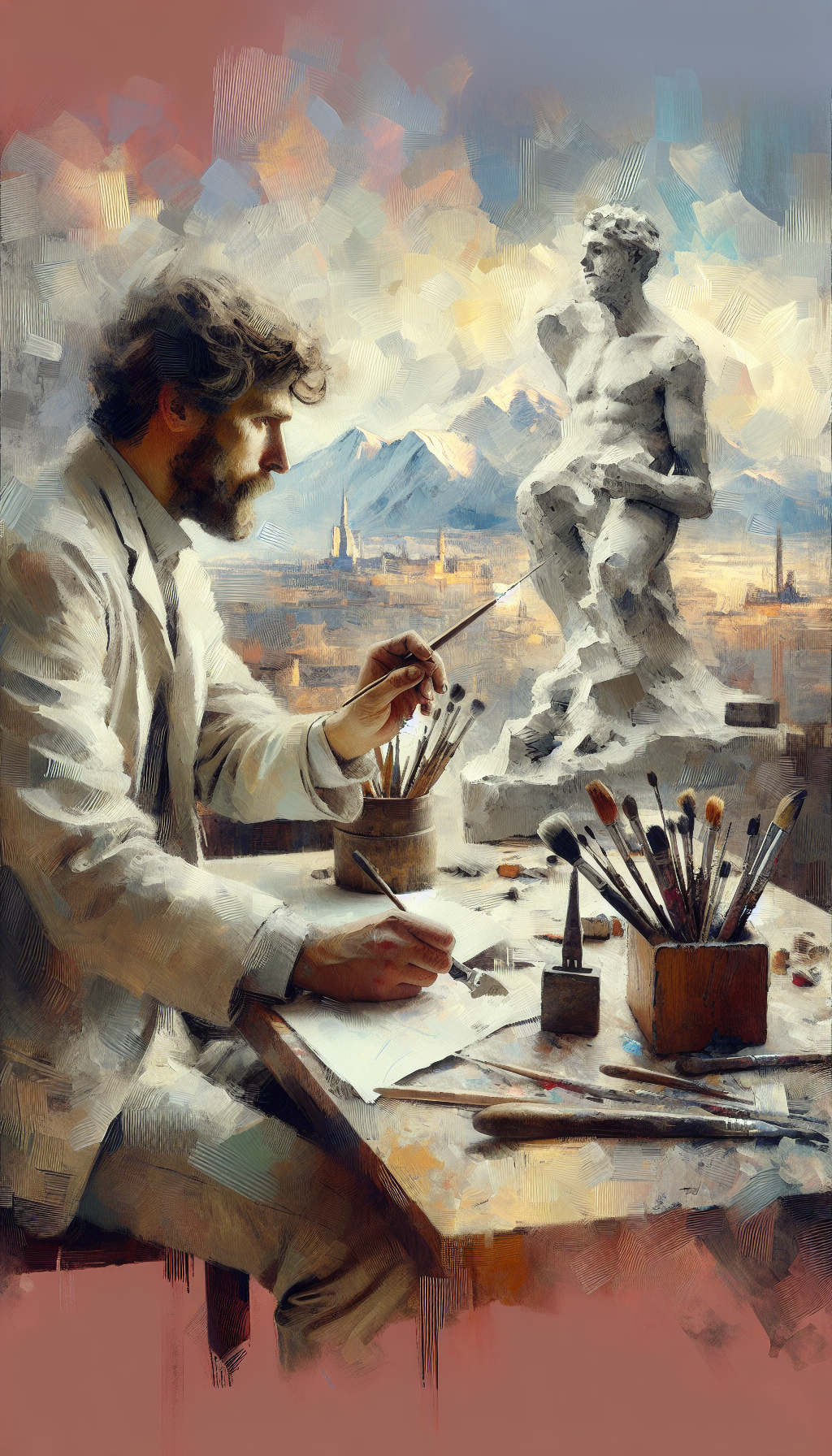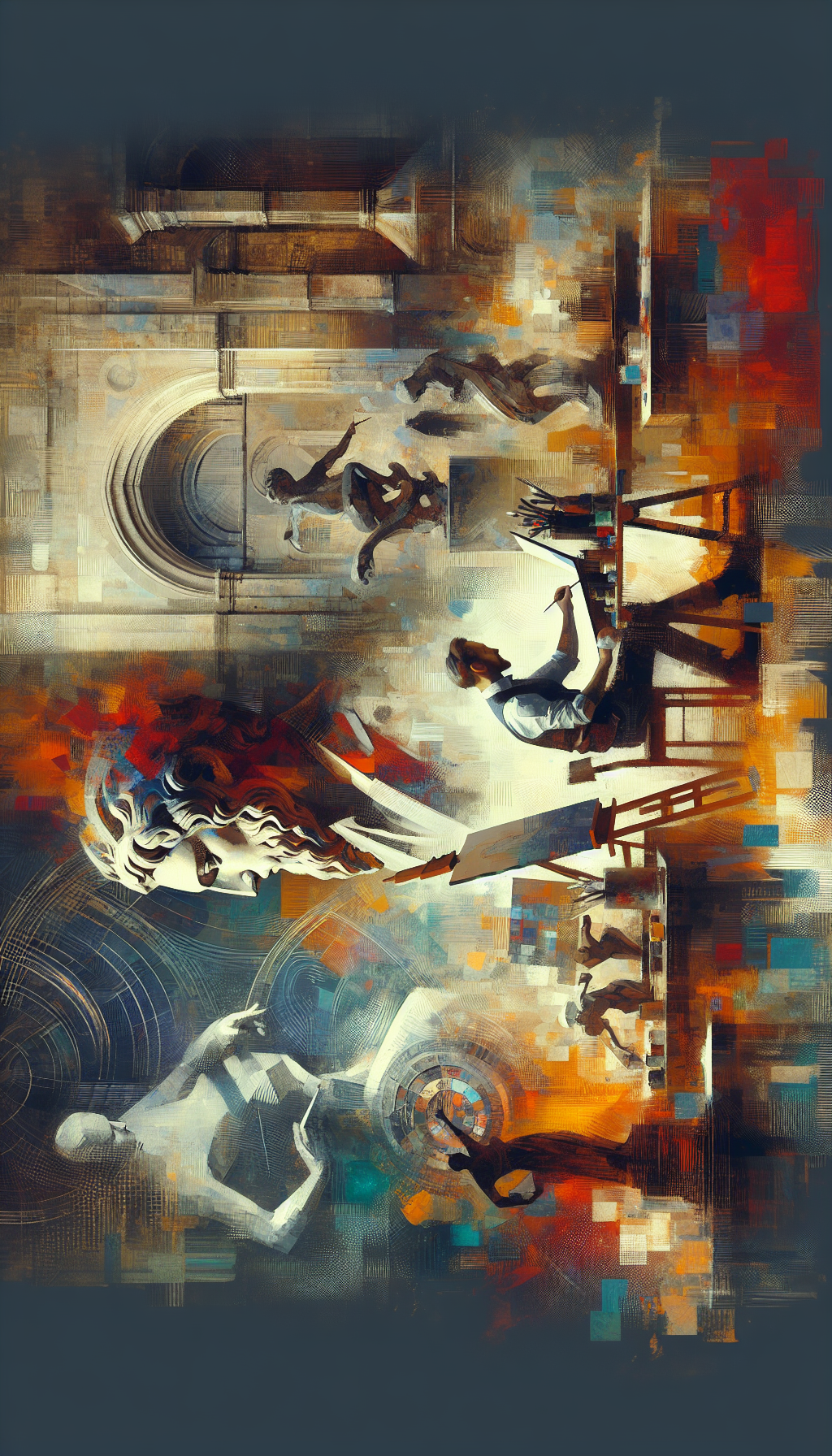
Sculpting the Invisible: The Quantum Leap of Modern Sculpture
In the ever-evolving landscape of modern art, sculpture has often found itself at the intersection of tradition and innovation. Today, however, it’s not just the materials and tools that are changing, but the very conceptual frameworks that guide artists in their creative processes. Consider Julian Voss-Andreae, a quantum physicist turned artist, whose groundbreaking “disappearing” sculptures are redefining the boundaries of what sculpture can be.
The Art of Disappearance
Julian Voss-Andreae’s work is a fascinating blend of science and art, challenging our perceptions of solidity and presence. His sculptures, which seem to vanish when viewed from certain angles, invite viewers to ponder the fundamental nature of reality itself. It’s a striking reminder that art, like life, is often about perspective.
Voss-Andreae's journey from quantum physics to sculpture is a testament to the fluidity between disciplines. His scientific background informs his artistic practice, providing a unique lens through which he interprets the physical world. In a sense, his work is a dialogue between the seen and the unseen, the tangible and the abstract—a conversation that resonates deeply in our increasingly digital, intangible age.
Sculpting New Realities
The notion of disappearing sculptures is not merely a gimmick; it speaks to a broader trend in modern art where the boundaries between the virtual and the physical are blurred. With the decreasing support for the arts, as highlighted in recent discussions about federal funding, artists are compelled to innovate and adapt. They’re looking to the past for inspiration while forging new paths that challenge traditional notions of form and substance.
In the case of Voss-Andreae, his sculptures are not just objects to be viewed; they are experiences that unfold over time and space. They engage the viewer in a dynamic relationship, shifting and changing as one moves around them. This interactive quality is emblematic of a modern approach to sculpture that prioritizes experience over static representation.
My Take: The Art of Adaptation
As an art enthusiast, I find Voss-Andreae's work both thrilling and thought-provoking. His ability to merge scientific insight with artistic expression is not only innovative but necessary. In a world where images and impressions are fleeting, his work offers a moment of pause and reflection—a chance to engage with art on a deeper, more contemplative level.
However, the challenge remains: how can artists continue to innovate in a climate that often seems indifferent to their struggles? The answer, perhaps, lies in the very adaptability and resilience that artists have always demonstrated. By looking to the past, as mentioned in The Conversation Africa, artists can navigate an uncertain future with creativity and courage. It’s a lesson in resourcefulness that echoes through the halls of art history.
The Quantum Leap
The conversation around modern sculpture, especially in light of Voss-Andreae’s work, is as much about the art itself as it is about the changing landscape of artistic creation. As we move forward, the integration of technology and new scientific understandings will undoubtedly continue to shape the art world. Yet, the core of sculpture—its ability to engage, provoke, and inspire—remains unchanged.
In conclusion, the future of sculpture lies not in its ability to replicate the past, but in its capacity to adapt and innovate. Julian Voss-Andreae’s quantum sculptures are a perfect embodiment of this principle. They remind us that art is not just about what we see, but how we see it—a vital reminder in an age where reality is as much a construction of our minds as it is a physical certainty.
In the end, perhaps it is this very uncertainty, this dance between appearance and disappearance, that makes modern sculpture so profoundly relevant. It invites us to question our perceptions, to embrace the unknown, and to find beauty in the most unexpected places. And isn’t that what art, at its best, is all about?
---
*This article was generated based on recent art news from My Modern Met, The Conversation Africa, Bangkok Post and other sources.*
Comments (0)
Share your thoughts on this piece. Thoughtful, art-focused discussion is welcome.
No comments yet. Be the first to respond to this artwork.


